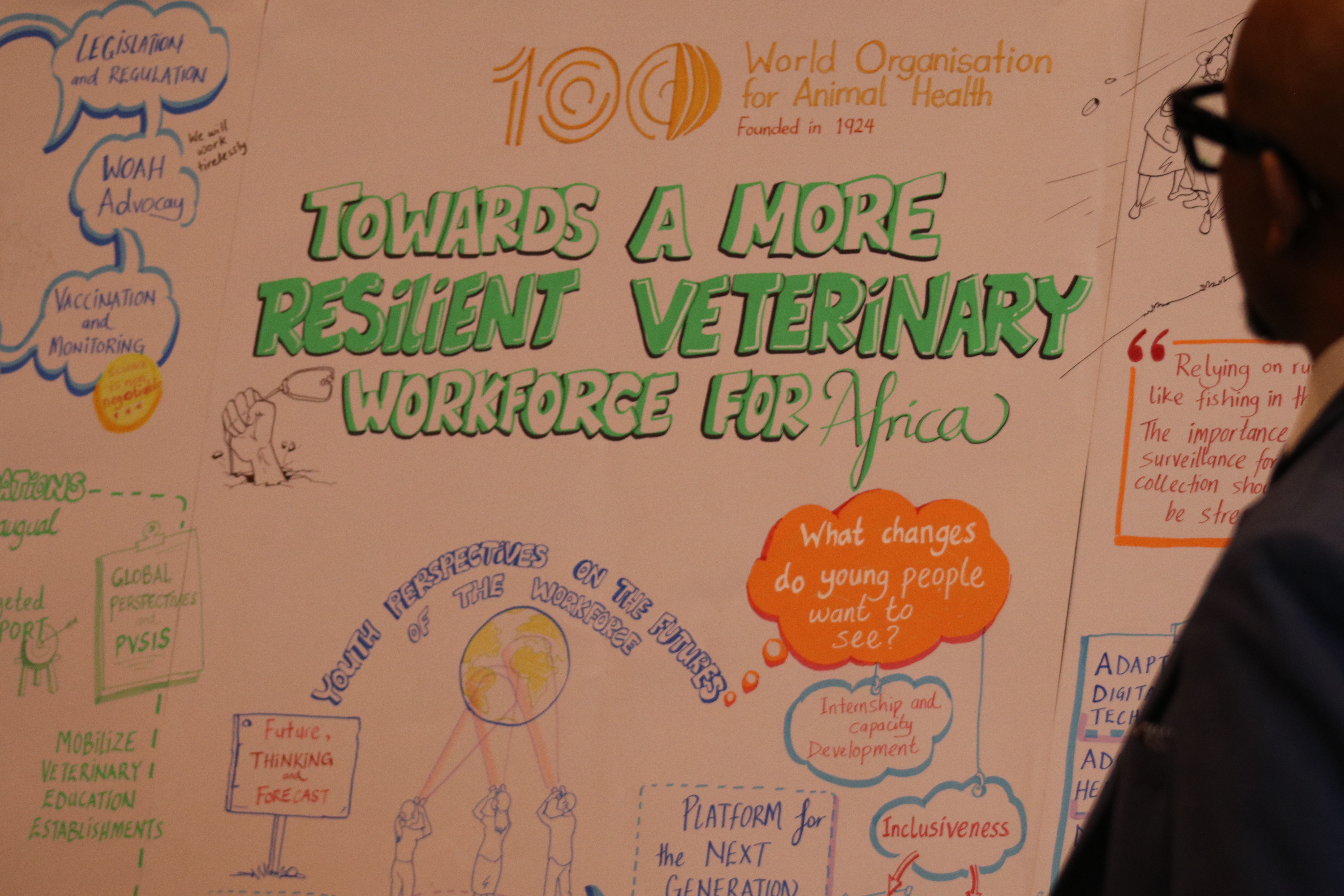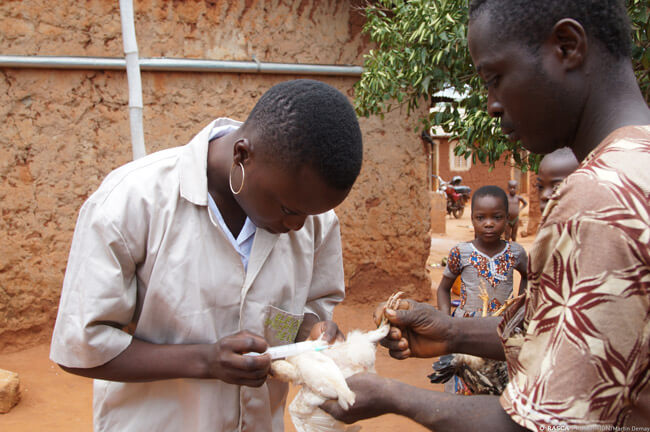
Dr. Samantha sat at her desk, staring blankly at her computer. The weight of the day bore heavily on her shoulders. She had just performed her third euthanasia this week, and the grief of the animal owners lingered in her mind. It wasn’t just the emotional toll of her work—it was the long hours, the constant pressure to do more with limited resources, and the feeling of isolation that was becoming all too familiar. She wondered, who takes care of the caregivers and veterinarians like us?
Dr. Samantha’s story is not unique. Many animal health professionals choose the vocation because they wish to contribute to people’s livelihoods, work in rural areas, or because of their love of animals.
Yet across Africa, veterinarians and veterinary paraprofessionals are silently bearing the brunt of a profession that demands so much but often provides little support in return. High rates of burnout, depression, and even suicide have been reported in the veterinary profession. Yet, amidst this crisis, there is hope. Employers are beginning to realise that they have the power and responsibility to transform workplaces into places of support and resilience.
The Silent Struggles of animal health professionals
Veterinarians like Dr. Samantha face unique challenges. Beyond the emotional strain of their work, they grapple with financial pressures, societal expectations, and, at times, a lack of recognition for their critical contributions. These challenges often go unspoken, leading many to feel isolated in their struggles.
Dr.Samantha recalls a particularly difficult time when she had to counsel a family whose dog had been diagnosed with a terminal illness and had to be euthanised for their own safety. The family’s grief mirrored her own exhaustion, and she found herself questioning her ability to continue :
Dr Samantha, a veterinarian working with smallholder farmers.
Such pressures are also familiar to animal health professionals working in rural areas, who may lack access to appropriate equipment, medicines, or professional support in challenging situations.
Employers Step In: A New Era of Support
Recognising this growing mental health crisis within the animal health workforce, forward-thinking employers in the veterinary sector are stepping up. They are asking a critical question: How can we better support our teams?
During the Africa Continental Conference on Veterinary Workforce Development, in November 2024, Dr Aisha Baju, Chairperson of the Veterinary Council of Nigeria, emphasised the need for vet professionals to prioritise their mental health and wellbeing. She highlighted the need for professionals to prioritise their mental health by taking deserved breaks from work, engage in other hobbies and activities outside work as a way to decompress, because the work of veterinarians comes with a lot of challenges.
A Future of Hope
Dr Samantha’s journey is far from over, but she no longer feels alone. With a growing focus on mental health and well-being, she has found renewed purpose in her calling. Employers who invest in the mental health of their teams are not only improving the lives of their employees but also ensuring the sustainability and quality of veterinary services.
Her message to others in the field is clear: “We’re not just caregivers—we’re humans, too. And it’s okay to need help.” – Dr Samantha, a young veterinarian working in Kenya.
Looking ahead, it is important for employers to prioritize mental health, as they pave the way for a veterinary workforce that is resilient, supported, and ready to face the challenges of tomorrow. For Dr. Samantha and countless others, this shift means more than just a better workplace—it means a lifeline.
Dr. Samantha
Names used in this article are fictitious and pictures are used for illustration purposes only.


